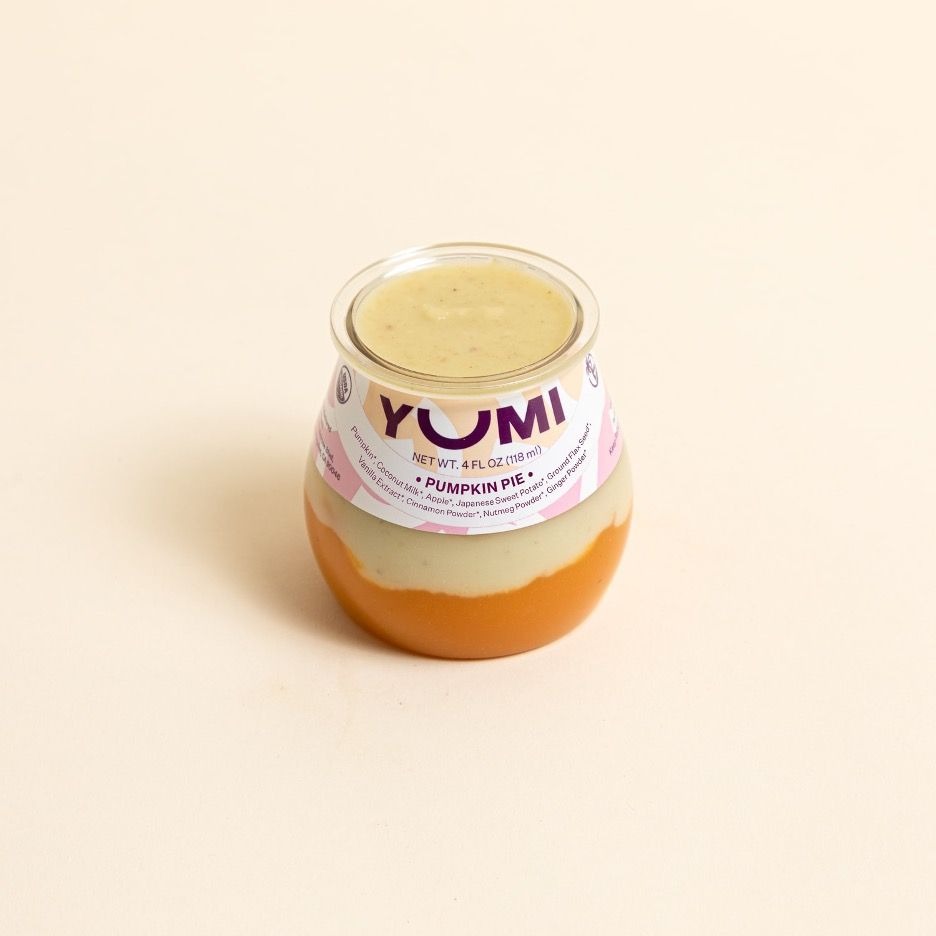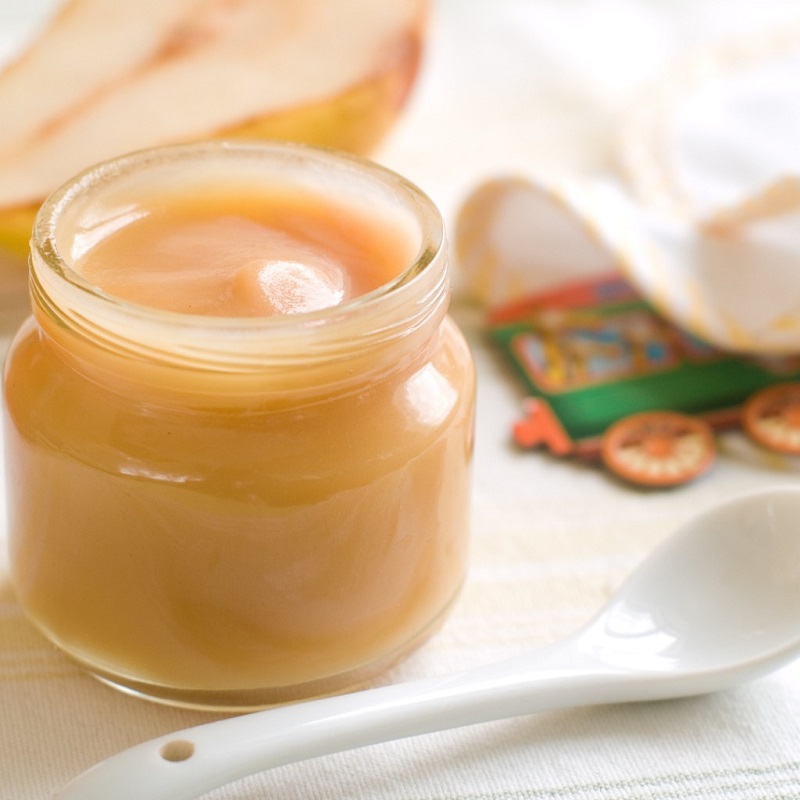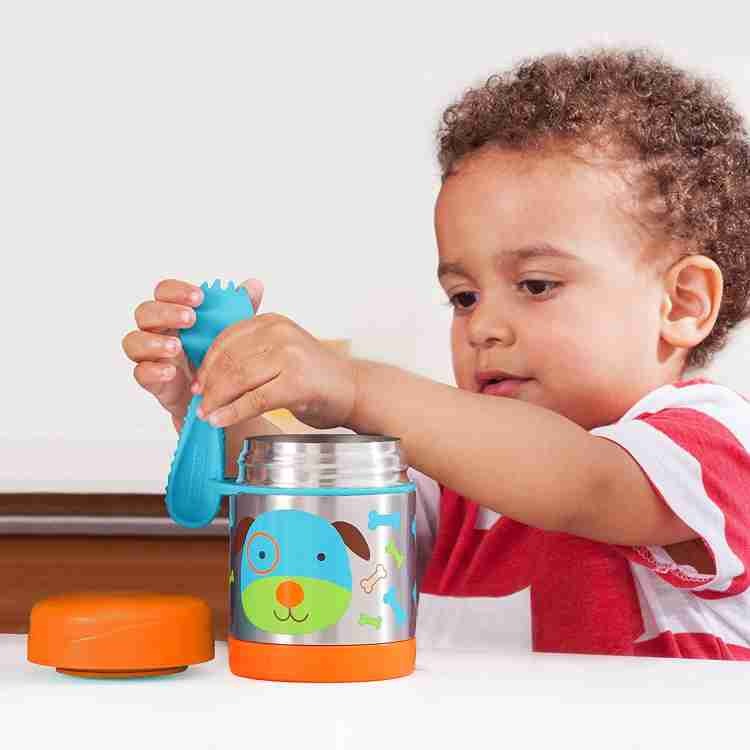When it comes to nourishing our little ones, the question “how much is a jar of baby food?” often arises in the minds of new parents. The answer is crucial not only for budgeting but also for making informed choices about the nutrition we provide to our babies. In this article, we will delve into various factors that influence the price of baby food jars, helping you understand the spectrum of options available on the market today.
The Factors That Affect Baby Food Costs
When it comes to understanding how much a jar of baby food costs, there are several factors to consider. These can affect the price you pay at the checkout and are worth keeping in mind as you plan your baby’s meals.
- Ingredients: High-quality ingredients or specialty items like organic fruits and vegetables can increase the cost.
- Brand Reputation: Renowned brands often charge more due to their market presence and perceived quality.
- Packaging: Jars with safety seals or advanced packaging features may contribute to a higher price tag.
- Production Processes: Baby food made with advanced technology or under stricter safety standards may cost more.
- Market Demand: Products in high demand, such as those with superfoods or special dietary formulations, can be more expensive.
- Certifications: Foods that require organic certification or other credentials often come with a higher price due to rigorous production standards.
- Retailer: Prices can vary significantly depending on where the food is purchased, with some stores offering better deals or higher markups.
By keeping these factors in mind, parents can better navigate the costs and make informed decisions when purchasing baby food. Remember that while some factors will push the price up, others, like buying in bulk, may offer opportunities for savings that we will discuss later in this blog.
Comparing Prices of Popular Baby Food Brands

When considering how much is a jar of baby food, comparing popular brands is vital. Parents often look at several beloved names in the baby food market. These brands often differ in price because of the factors mentioned earlier, from ingredients to certifications. Let’s take a closer look.
- Brand A: Known for using organic ingredients, they may charge more. Its jars are on the higher end of the price scale.
- Brand B: With a focus on non-organic, yet high-quality ingredients, their pricing is moderate and appeals to budget-conscious families.
- Brand C: Offering gourmet baby food options, this brand’s prices reflect its niche market take.
- Brand D: This brand stakes its reputation on being affordable with large-scale production and fewer organic options.
These brands demonstrate how the cost differs based on their unique selling propositions from ingredients to packaging. It’s key to compare not just the sticker price but to understand what’s behind the cost. Is it organic certification pushing the price up or premium ingredients? Parents must weigh these factors against their budget and baby’s nutritional needs.
By sampling the range, it becomes clear that there is no one-size-fits-all when it comes to baby food costs. Each brand tailors its pricing to match its offerings, which is why pricing varies across the board. The goal for parents is to find the brand that offers the best balance between quality and affordability to suit their individual baby food budget.
Organic vs. Non-Organic Baby Food: Cost Implications
When comparing organic to non-organic baby food, cost is a major factor for parents. Organic options often have a higher price for several reasons. First, they use ingredients grown without synthetic pesticides or fertilizers. This type of farming is generally more labor-intensive and costly. Organic foods also need certification, and this process adds to the final price. On the other hand, non-organic baby foods may use conventional farming practices. These are typically less costly, which can make non-organic options more budget-friendly.
Parents must consider if the benefits of organic products justify the higher cost. Some think the potential health advantages are worth the extra investment. Others may not see a significant benefit and prefer the savings non-organic products offer. Cost differences also reflect in brand choices. Brands specializing in organic baby food will often charge more. Meanwhile, brands with non-organic lines can offer lower prices and still maintain quality.
The decision on whether to choose organic or non-organic baby food doesn’t just involve cost. Parents must also think about their baby’s health, potential exposure to chemicals, and personal values. They should weigh these against their budget and what they feel is best for their family. No matter the choice, looking for deals and discounts can ease the impact on one’s wallet.
The Impact of Buying in Bulk on Baby Food Pricing

Buying baby food in bulk can significantly reduce costs. Here’s how it impacts pricing:
- Lower Prices per Unit: Bulk buying often reduces the price per jar. This means more savings the more you buy.
- Shipping and Handling Costs: Many times, bulk purchases qualify for free shipping. This can lower the overall cost.
- Storage and Usage: Ensure you have enough storage. Also, consider your baby’s rate of consumption to avoid waste.
- Variety Packs: Some retailers offer bulk variety packs. These allow exposure to different flavors and nutrients without monotony.
- Time Saving: Bulk purchasing means fewer trips to the store. This saves time and potentially, money on transportation.
However, there are a few cons to consider:
- Upfront Cost: While per unit cost is lower, the initial expense is higher. Plan your budget accordingly.
- Storage Space: You will need appropriate space to store bulk items safely and hygienically.
- Expiry Dates: Watch out for expiry dates. Bulk buying is not practical if the food expires before use.
In summary, buying in bulk can be a smart move for cost-conscious parents. Consider both the advantages and the limitations to make an informed decision.
Seasonal Variations and Their Effect on Baby Food Prices
Seasonal variations play a crucial role in the pricing of baby food. Depending on the time of year, the cost of ingredients used in baby food can fluctuate, leading to changes in the final price of the product. Here are some points to consider regarding how seasonal changes can affect baby food costs:
- Ingredient Availability: Certain fruits and vegetables are cheaper when they are in season. Off-season produce might lead to higher baby food costs.
- Harvest Yield: A good harvest may cause a surplus in the market, which can reduce prices. A bad season, on the other hand, might increase prices due to scarcity.
- Seasonal Demand: Just like holiday seasons can impact pricing, so can the demand for specific baby food blends that are popular at particular times of the year.
- Climate Conditions: Extreme weather can impact crop yields and quality, meaning the costs for ingredients can rise, affecting the retail price of baby food.
For parents wanting to manage their baby food spending, it’s beneficial to pay attention to these seasonal trends. They might consider stocking up during peak seasons or looking for alternative nutritious options when certain ingredients are expensive. Understanding the seasonal nature of agriculture can help parents anticipate and navigate the ever-changing landscape of baby food prices.
The True Cost of Homemade Baby Food vs. Store-Bought
When evaluating the true cost, it’s essential to consider homemade baby food versus store-bought options.
- Time Investment: Making baby food at home requires time for shopping, preparation, and cooking.
- Ingredient Costs: Purchasing fresh ingredients, especially if opting for organic, can add up.
- Equipment: Blenders, steamers, and storage containers for homemade food incur initial costs.
- Shelf Life: Homemade baby food generally lacks preservatives, leading to a shorter shelf life.
- Cost of Convenience: Store-bought baby food offers unbeatable convenience, especially for busy parents.
- Nutritional Value: Parents can control ingredient quality at home, ensuring healthy meals.
Calculating the true cost isn’t just about money. It’s a balance between time, convenience, and nutritional preferences. While store-bought jars have clear price tags, the homemade route has hidden expenses to keep in mind. But it also allows for full control over what your baby eats, potentially resulting in better nutrition. Each family must weigh these factors considering their lifestyle, budget, and what they deem best for their baby.
Where to Find the Best Deals on Jarred Baby Food

Finding the best deals on jarred baby food can significantly reduce your spending. Here are practical strategies for savvy shopping:
- Supermarkets and Grocery Stores: Start local. Supermarkets often have sales or special deals on baby food brands. Look for discounts and bulk buying opportunities.
- Online Retailers: Many online stores offer competitive prices on baby food. Websites like Amazon and Walmart frequently run promotions that can be more attractive than those in physical stores.
- Subscription Services: Consider subscribing to a baby food delivery service. Subscription can come with discount codes and regular savings.
- Warehouse Clubs: Stores like Costco or Sam’s Club sell baby food in bulk. These can offer significant savings, especially if you are looking to stock up.
- Coupons and Loyalty Programs: Never underestimate the power of coupons and store loyalty cards. They can offer immediate discounts or points that add up to savings over time.
- Local Farmer’s Markets: For those considering homemade baby food, local markets can offer fresh ingredients at lower prices. Even if you buy premade, these markets can have small brands of jarred food at discounts.
By using a mix of these methods, parents can find great deals on jarred baby food, balancing cost and convenience effectively.
Understanding the Long-Term Costs of Feeding Your Baby
Navigating the long-term costs of baby food requires a forward-thinking approach. It’s not just about how much is a jar of baby food today, but also how these expenses add up over time. As your baby grows, their dietary needs will change, which can impact your budget in different ways. Here’s what parents should consider when budgeting for the long haul:
- Growth and Dietary Changes: As babies develop, they’ll need different types of food, potentially increasing costs.
- Consistency of Brand Use: Sticking with a single brand can lead to loyalty discounts or, conversely, limit opportunities to save.
- Transition to Solids: Moving to solid foods may reduce the dependency on jars but also calls for new budget considerations.
- Special Diets: Should your baby require special dietary foods, this could influence the overall food budget.
- Food Waste: As babies try new foods, some products may go to waste, adding hidden costs.
- Health Considerations: The potential long-term health benefits of higher-quality baby foods may offset future health care expenses.
Estimating the long-term costs of feeding your baby isn’t straightforward. It demands continuous adjustment and a keen eye on sales, quality, and nutritional value. By planning, seeking the best deals, and being adaptable as their baby’s needs evolve, parents can manage the financial commitment of providing for their child’s nutritional needs.